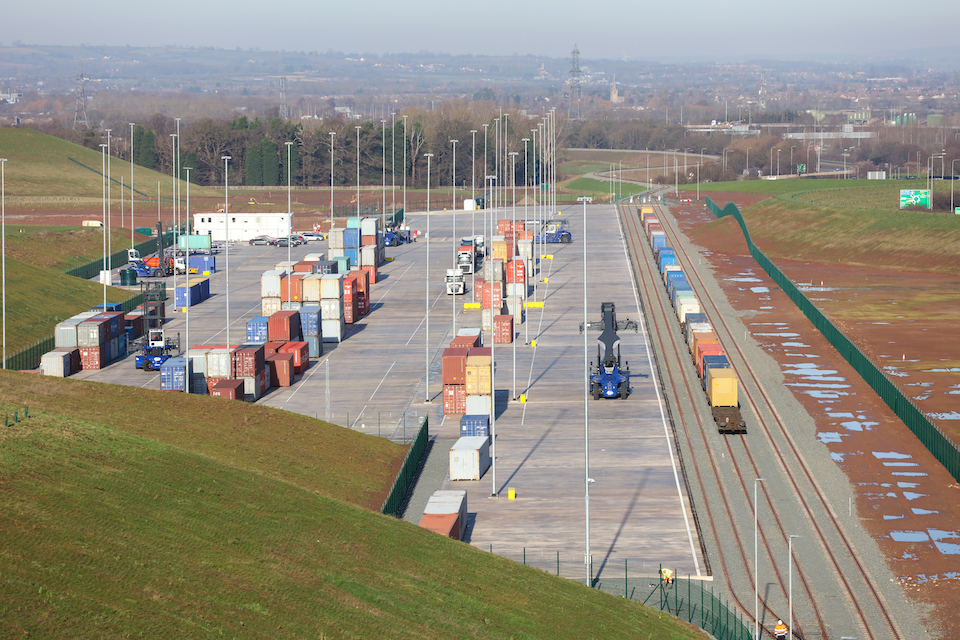UK: Now St Albans freight terminal land sale is challenged

The seemingly never ending story of the proposed rail freight terminal near St Albans has taken another twist. The sale of designated “Green Belt” land – an area with some protection from development – has been referred for further scrutiny. The intention of developers is to construct a rail supported logistics park, largely on the former airfield near Radlett, St Albans. The decision to sell the land, which has already been approved for the rail freight terminal, will be discussed by the local authority, Hertfordshire County Council, this week. The council had agreed to sell the land to rail freight developers SEGRO, but the sale has not yet taken place.
The proposed rail freight terminal is significant to the overall plan for a logistics park in the area. It aims to provide a centralised hub for the transportation of goods by rail, reducing road congestion and carbon emissions associated with freight transport. However, objectors believe the opposite would be the case, and the area would suffer from much increased traffic and loss of amenity. Radlett Airfield, the proposed site for the rail freight terminal, served as a strategic military base during World War II and played a crucial role in the defense of the realm. The site is about 25 miles (40km) north of central London.
Vocal opposition
Opposition to the proposals has been strong, with concerns raised about the impact on the environment and the increased burden on the local road network. Some elected representatives have been vocal in their opposition, claiming that there are numerous unanswered questions and criticising the apparent determination by the local authority to sell the land. In statements made to local media, one councillor has claimed that significant changes in circumstances, such as Brexit and the surge in e-commerce, have occurred since the planning permission was originally granted in 2014. The councillor claims these changes could potentially affect the need for the rail freight terminal and the traffic it would generate. However, these changes are not quantified, and it may be argued that such changes could equally increase the need for the terminal.

A spokesperson for Hertfordshire County Council maintains that they have no legal option other than to sell the land. The council has consistently objected to the rail freight terminal scheme but reluctantly accepts that the planning permission granted by the secretary of state at the government in London leaves them no choice but to proceed with the sale. The council’s focus is now understood to concentrate on negotiating the best deal possible for local residents.
National transport strategy
In response to the proposed sale, a campaign group named ‘Save St Albans: Fight the Freight‘ has launched a petition urging the council to prevent the sale of the land. The petition has gathered nearly 8,000 signatures, indicating the level of public concern. The group has also organised public meetings to discuss the issue, highlighting the potential environmental impact and criticising the council’s position as “hypocritical”.
Despite local opposition, the UK government has designated the development as a “Strategic Rail Freight Interchange”. SRFIs are considered important elements of the transportation infrastructure in the UK. They aim to address the increasing demand for freight transportation and promote sustainable logistics by shifting a significant portion of freight from road to rail. The UK government has recognised the importance of SRFIs in its national transport strategy and has encouraged the creation of such facilities to support sustainable freight transportation and economic growth.
You just read one of our premium articles free of charge
Want full access? Take advantage of our exclusive offer




